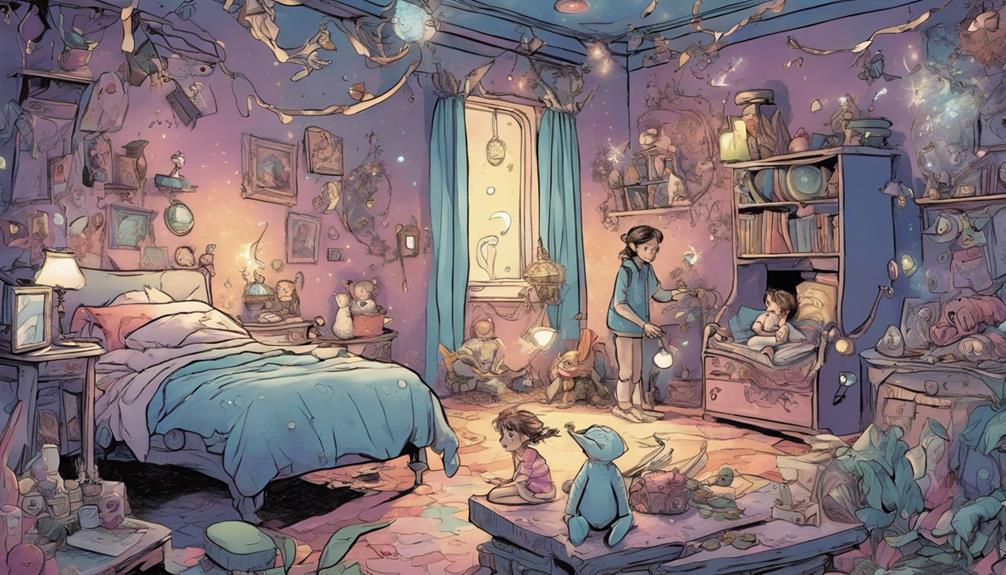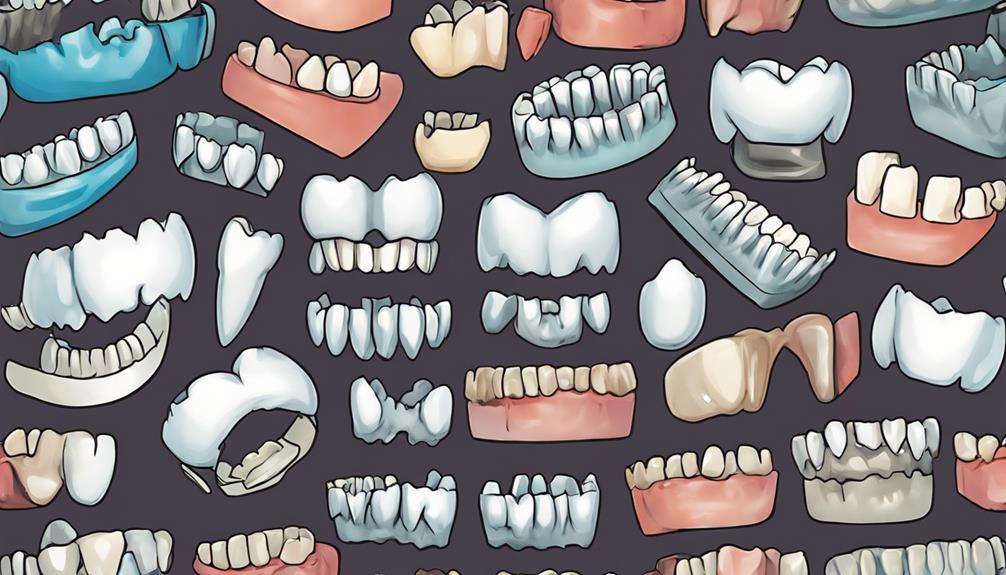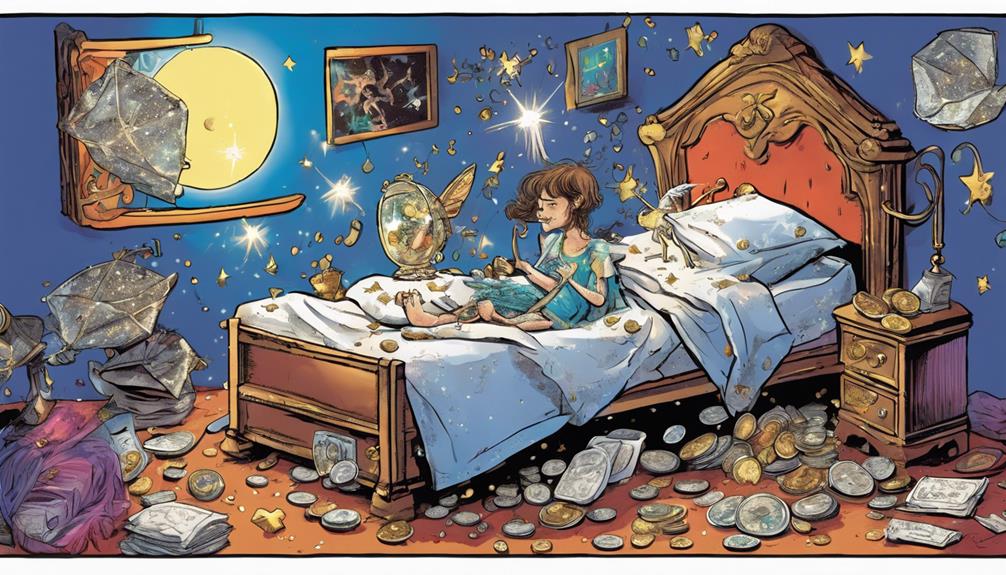You might think the Tooth Fairy is just a whimsical character, but she's actually a fascinating blend of cultural traditions and symbolism. Historically, she's tied to various figures from Norse mythology to Spanish mice, each representing significant milestones in a child's growth. This enchanting figure not only transforms losing teeth into a magical experience but also fosters imagination and resilience in kids. Parents play an important role by personalizing the tradition, creating cherished memories. The Tooth Fairy's identity isn't just about fun; it's about nurturing a sense of wonder that shapes children's views on change and loss. There's so much more behind her story!
Key Takeaways
- The Tooth Fairy is a modern amalgamation of various cultural figures, such as Norse Goddess Freyja and Ratoncito Pérez from Spanish traditions.
- Many families personalize the Tooth Fairy experience, influencing perceptions of the character's identity and role in their lives.
- The Tooth Fairy symbolizes childhood wonder, transforming the loss of teeth into a joyful and imaginative ritual for children.
- Common myths about the Tooth Fairy include her appearance and the tradition of leaving money instead of notes or small gifts.
The Origins of the Tooth Fairy
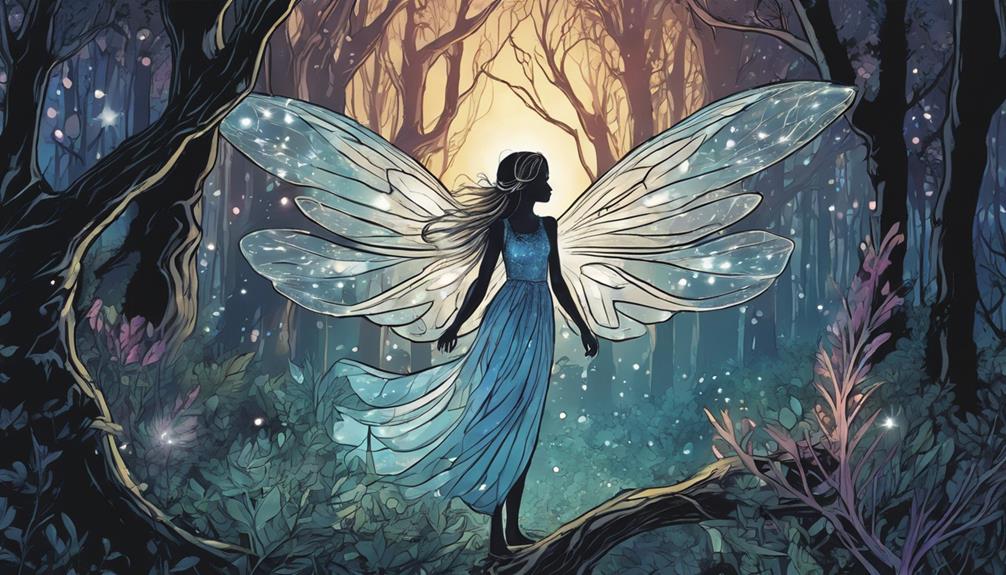
The Tooth Fairy's origins trace back to various cultures that celebrated the loss of baby teeth with unique rituals. You might be surprised to learn that many societies viewed lost teeth as significant milestones, believing they carried magical properties. In some cultures, tossing a lost tooth onto the roof was thought to guarantee a strong adult tooth would grow in its place. Others buried the tooth in the ground, symbolizing a connection to the earth and good fortune.
Throughout history, these traditions evolved, leading to the whimsical figure we recognize today as the Tooth Fairy. This enchanting character emerged primarily in Western cultures, where children place their lost teeth under their pillows, expecting a visit from the fairy. When you think about it, this modern-day ritual not only comforts kids during a sometimes scary change but also adds a sprinkle of magic to their childhood.
The Tooth Fairy embodies the blend of folklore and childhood wonder, transforming a simple rite of passage into a cherished memory. As you share this tradition with your own children, you're participating in a long-standing legacy that connects generations through the joy of losing teeth.
Cultural Variations of Tooth Traditions

Many cultures have their own unique traditions surrounding the loss of baby teeth, each adding a distinct flavor to this universal experience.
In Spain and many Latin American countries, kids celebrate the 'Ratoncito Pérez,' a little mouse that collects lost teeth and leaves coins in exchange. This charming tradition often involves storytelling about the mouse's nightly adventures.
In contrast, in parts of Asia, some families choose to throw the lost tooth onto the roof or under the floor. For example, in India, children toss their upper teeth onto the roof while saying a prayer for a strong new tooth to grow in. This act symbolizes the hope for strength and health.
Meanwhile, in some African cultures, children bury their lost teeth in the ground, believing it will encourage the growth of a strong new tooth. The specific customs vary, but the underlying theme remains the same: a celebration of growth and change.
These diverse traditions reveal how cultures uniquely honor this rite of passage, transforming what might seem like a simple loss into an event filled with significance and joy. Embracing these traditions can deepen your appreciation for this universal childhood experience.
Historical Figures Linked to the Tooth Fairy
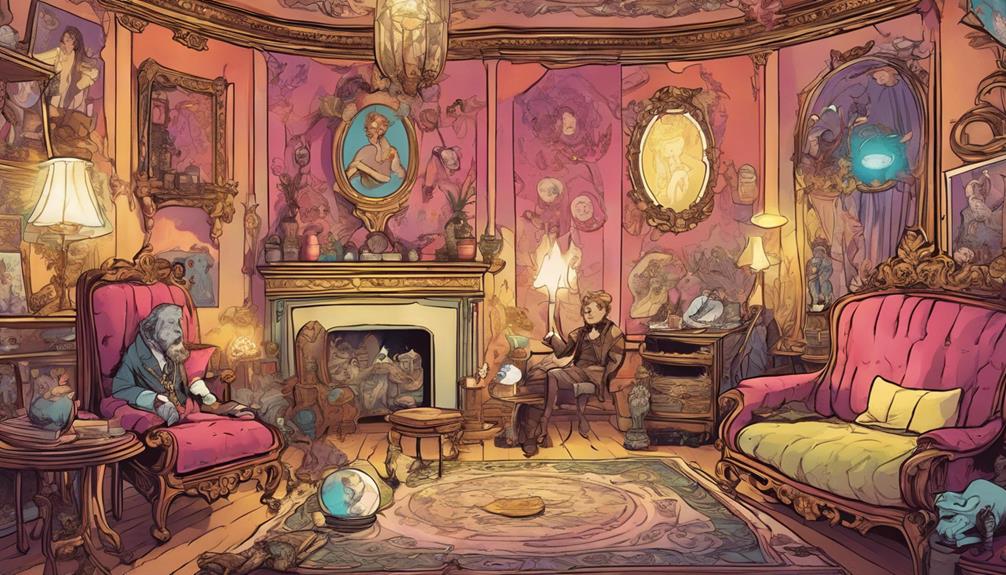
Throughout history, various figures have played a role in shaping the modern Tooth Fairy legend, blending folklore with cultural practices. You might be surprised to learn that the origins of the Tooth Fairy could be traced back to several historical figures and traditions.
| Historical Figure | Contribution | Cultural Influence |
|---|---|---|
| Norse Goddess Freyja | Associated with love and fertility | Scandinavia |
| Mouse Fairy (Ratoncito Pérez) | Collects children's lost teeth | Spain and Latin America |
| French Tooth Mouse | Symbolizes the exchange of teeth for coins | France |
| The Tooth Fairy (U.S.) | Modern embodiment of various traditions | United States |
These figures highlight how the Tooth Fairy evolved over time. Each one brought unique elements from their respective cultures, creating a rich tapestry of stories and beliefs. As you explore these connections, you'll see how the Tooth Fairy transformed from a mythological figure into a delightful character that many children adore today. Understanding these historical figures allows you to appreciate the diverse origins of a beloved childhood tradition.
Psychological Impact on Children
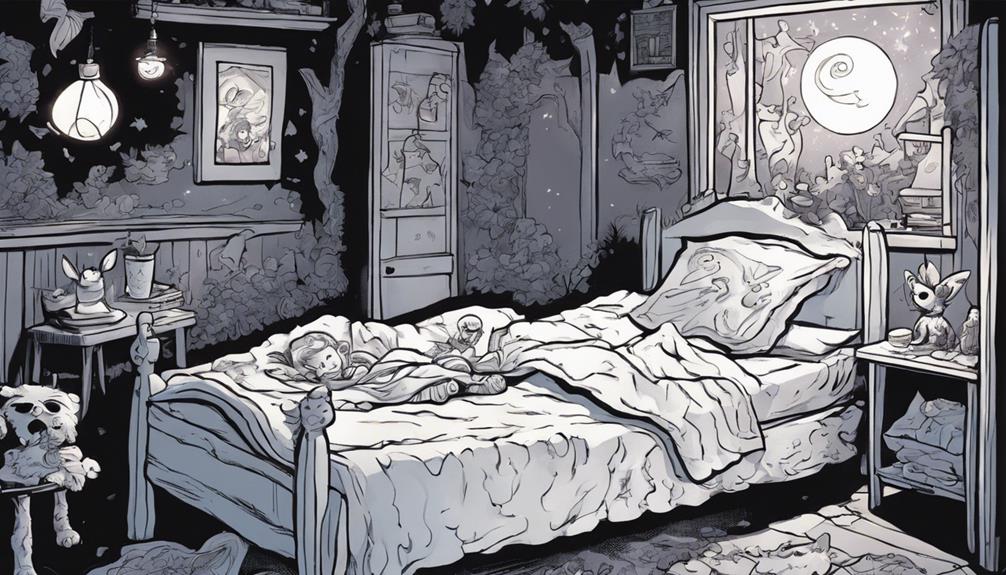
Exploring the historical figures behind the Tooth Fairy reveals how this enchanting character can considerably influence children's emotional development and understanding of loss.
When your child loses a tooth, the Tooth Fairy transforms what could be a moment of fear or sadness into an exciting ritual. This creates a sense of wonder and magic, helping your child cope with the natural process of growing up.
The act of placing a lost tooth under the pillow and waking up to find a small reward fosters a sense of trust in the world around them. It encourages imaginative thinking, as your child engages with the myth and anticipates the fairy's visit. This experience can also teach valuable lessons about change and loss, helping them process their feelings in a safe way.
As they grow older, the realization that the Tooth Fairy isn't real can evoke mixed emotions—disappointment but also a deeper understanding of myth and reality. This shift helps build resilience, as your child learns to navigate their feelings about beliefs and truths.
Ultimately, the Tooth Fairy serves as a gentle introduction to the complexities of life's changes and the emotions that accompany them.
The Tooth Fairy in Popular Culture
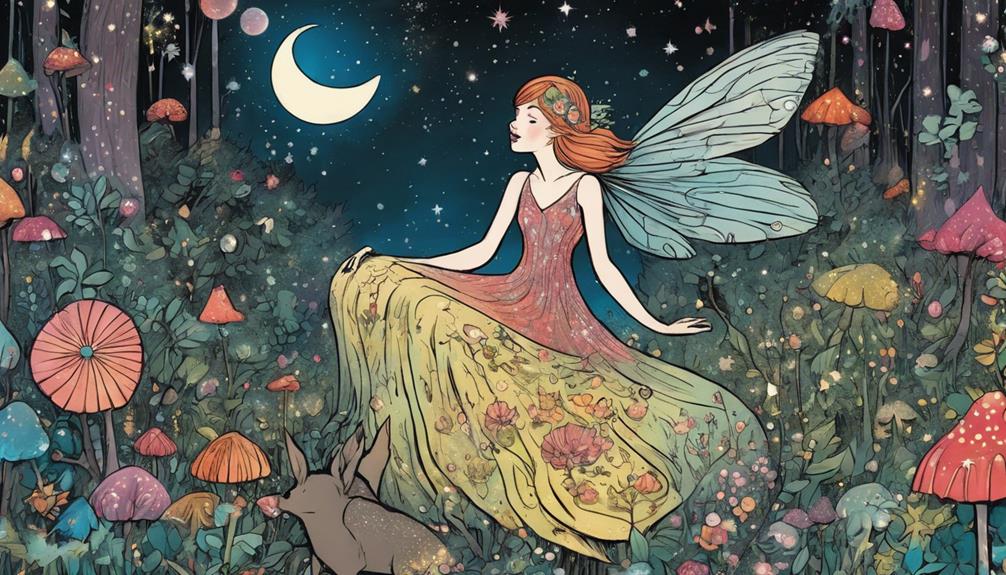
You might be surprised to learn how the Tooth Fairy's origins vary across cultures.
From different names to unique traditions, each version adds its own twist to this beloved figure.
Let's explore how these cultural variations shape our understanding of the Tooth Fairy today.
Tooth Fairy Origins Explained
The Tooth Fairy has evolved into a beloved figure in popular culture, enchanting children and parents alike with tales of magic and reward for lost teeth. This whimsical character embodies childhood wonder, transforming a simple rite of passage into a memorable experience. You might've noticed how the Tooth Fairy appears in various forms of media, from children's books to animated films, each reinforcing her enchanting persona.
In many stories, the Tooth Fairy is depicted as a tiny, delicate creature with wings, often adorned in sparkling attire. This imagery captures the imagination, making the idea of losing a tooth a moment of excitement rather than fear. You probably recall how your parents or guardians would create elaborate rituals around the tooth exchange, heightening the anticipation.
Moreover, the Tooth Fairy has inspired numerous traditions, such as leaving notes or small gifts alongside the money. These practices strengthen family bonds and create lasting memories. As you share these experiences with the next generation, you contribute to the ongoing legacy of the Tooth Fairy, ensuring her charm endures in popular culture for years to come.
Cultural Variations Worldwide
Across different cultures, variations of the Tooth Fairy reveal unique traditions and beliefs surrounding the loss of baby teeth. Instead of a fairy, you might encounter a different figure or ritual that carries its own charm.
- Ratoncito Pérez: In many Spanish-speaking countries, children place their lost teeth under their pillows for Ratoncito Pérez, a small mouse who exchanges the tooth for a coin. This little critter has become a beloved character in children's stories.
- Tooth Mouse: In France, the Tooth Mouse, known as La Petite Souris, performs a similar role. As you sleep, this tiny mouse sneaks in to collect your tooth and leaves a reward, adding an element of surprise to the experience.
- Throwing Teeth: In some cultures, like in parts of Asia, children toss their lost teeth onto the roof or beneath the floor. This act symbolizes a wish for strong, healthy adult teeth to grow in their place.
These variations show how global traditions around lost teeth are infused with creativity, making the experience both magical and memorable for children everywhere.
Modern Interpretations of the Tooth Fairy
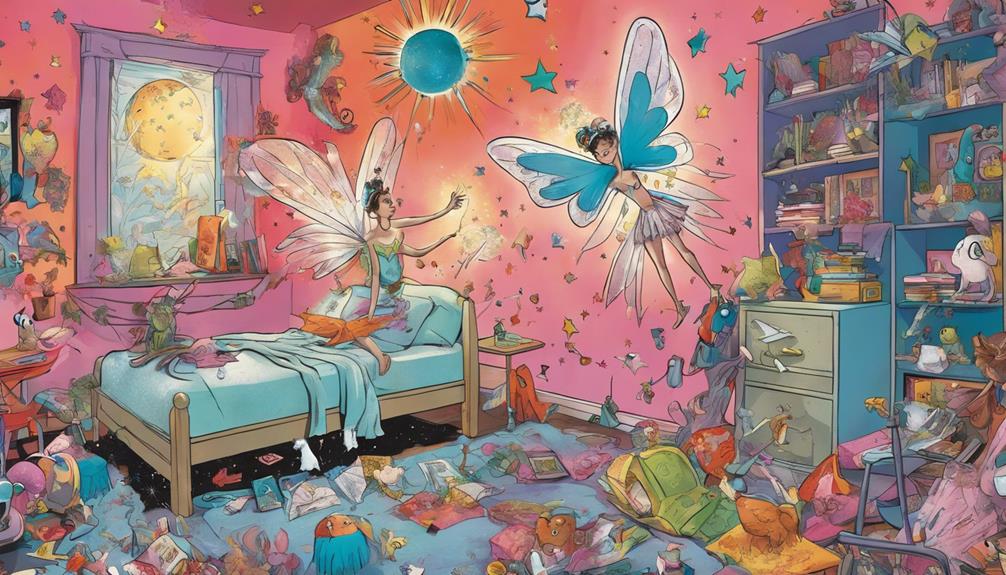
Many families today embrace creative twists on the Tooth Fairy tradition, personalizing the experience to fit their values and beliefs. You might find some families opting for a 'Tooth Fairy' who leaves notes, expressing encouragement or sharing fun facts about dental health. This adds an educational element, making the experience more meaningful for kids.
You may also notice variations in the amount of money left under pillows. Instead of cash, some parents choose to leave small toys or books, aligning the reward with their child's interests. This approach not only celebrates the milestone of losing a tooth but also encourages imaginative play and learning.
Additionally, some families incorporate eco-friendly practices by using reusable tooth pouches instead of disposable items. You could even create a family tradition where children write letters to the Tooth Fairy, sharing their thoughts or asking questions. This fosters a deeper connection to the myth and turns it into a fun, interactive experience.
Ultimately, modern interpretations of the Tooth Fairy reflect a blend of tradition and personal values, allowing families to create lasting memories while teaching important lessons about growth, change, and responsibility.
The Role of Parents in the Myth
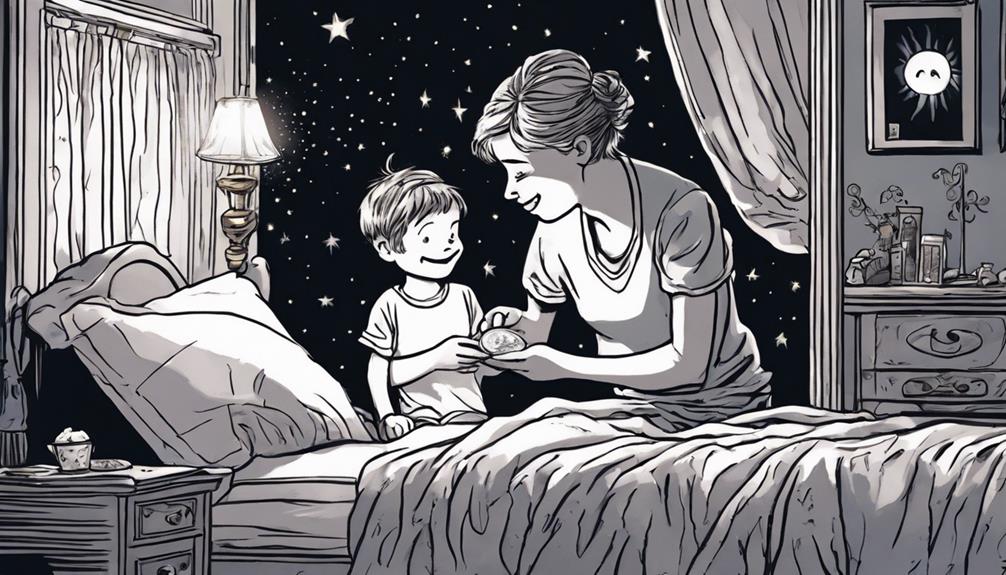
As a parent, you play an essential role in keeping the Tooth Fairy tradition alive and exciting for your child.
By participating in this myth, you nurture their imagination and create a sense of wonder that adds magic to their childhood.
Through your involvement, you help to shape lasting memories that can spark joy for years to come.
Parental Involvement in Tradition
By actively participating in the Tooth Fairy tradition, parents create a sense of wonder and magic that enriches their child's experience of losing a tooth. This involvement not only fosters excitement but also strengthens the bond between you and your child.
As you embrace this whimsical role, consider these three ways you can make the experience unforgettable:
- Leave a personalized note: Write a little message from the Tooth Fairy, thanking your child for the tooth and encouraging them to keep smiling brightly.
- Create a special treasure hunt: Instead of just leaving money under the pillow, hide the reward in a fun location, leading your child on a mini-adventure to find it.
- Make it a family event: Share stories about the Tooth Fairy with siblings or relatives, allowing everyone to join in the fun and keep the magic alive.
Your involvement in the Tooth Fairy tradition not only brings joy to your child but also helps create cherished memories that they'll carry into adulthood.
After all, it's these little rituals that make childhood special.
Nurturing Imagination and Wonder
Parents play an essential role in nurturing their child's imagination and wonder through the enchanting myth of the Tooth Fairy. When you participate in this delightful tradition, you're not just collecting teeth but also creating magical memories. Each time your child loses a tooth, you can help them experience the thrill of anticipation. You might sprinkle a little glitter under the pillow or leave a special note from the Tooth Fairy, transforming a mundane moment into a whimsical event.
Moreover, this myth encourages children to engage in storytelling and creative thinking. As they imagine the Tooth Fairy's world, they develop their ability to dream and wonder about possibilities beyond their everyday reality. You can enhance this experience by asking questions about what they think the Tooth Fairy does with the teeth or how she travels.
Debunking Common Tooth Fairy Myths
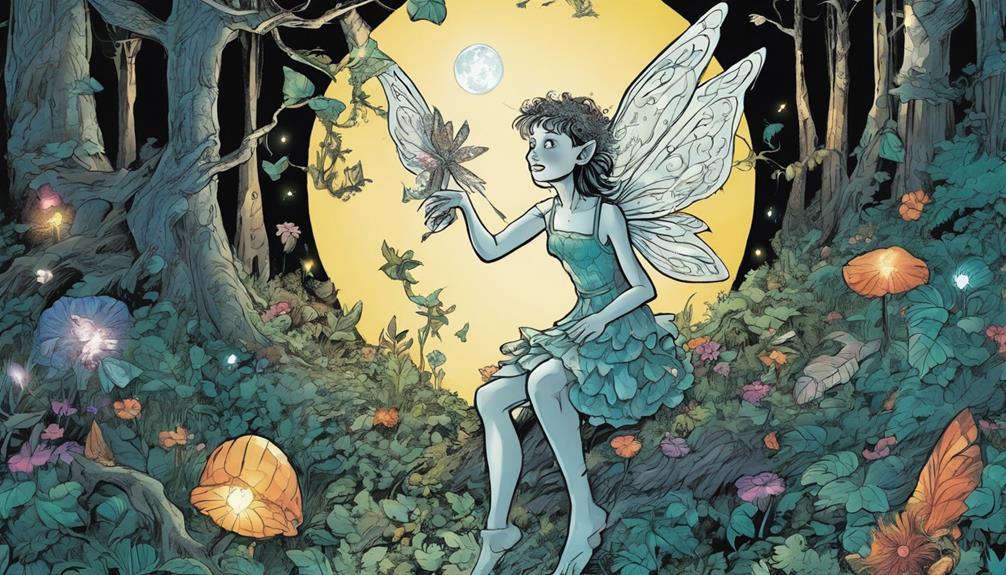
Many people believe in various myths about the Tooth Fairy, but understanding the truth can make the experience even more magical for kids. You might think the Tooth Fairy hides under pillows, but the reality is a bit more grounded. Let's debunk some common myths that surround this enchanting figure:
- The Tooth Fairy's Appearance: Many envision a tiny, sparkling fairy with wings. In truth, the Tooth Fairy's image varies by culture, with some families even opting for whimsical characters, like a friendly mouse!
- Payment for Teeth: Some believe the Tooth Fairy always leaves a dollar or a coin. While it's true that many parents do this, the amount can differ based on family traditions—some might even leave a special note instead!
- Collecting Teeth: It's a popular idea that the Tooth Fairy keeps every tooth. However, some families choose to keep their child's teeth as sentimental keepsakes, turning the experience into a cherished memory rather than just a transaction.
Embracing the Magic of Childhood
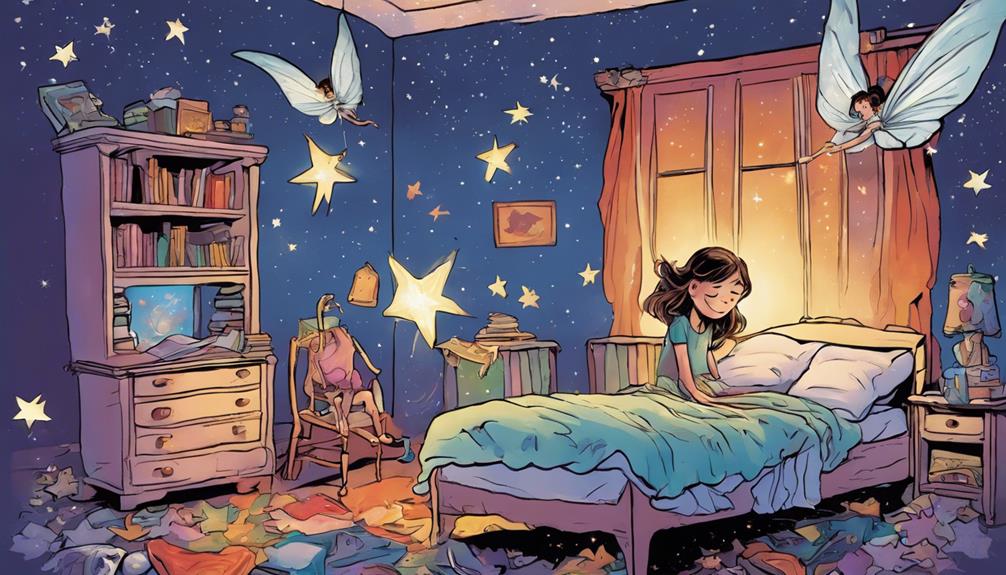
Embracing the magic of childhood means nurturing the wonder and joy that comes from traditions like the Tooth Fairy, allowing kids to experience enchantment in their everyday lives. These moments create lasting memories and a sense of belonging that shapes their worldviews.
When you encourage belief in the Tooth Fairy, you're not just engaging in a fun ritual; you're fostering imagination and creativity.
Think about how the simple act of placing a lost tooth under the pillow can spark excitement. It's a chance for children to feel special, to anticipate surprises, and to celebrate their growth.
You help them understand that life can be filled with magic, even in mundane moments.
Frequently Asked Questions
What Is the Average Amount Left by the Tooth Fairy Today?
The average amount left by the Tooth Fairy today is around $4.50 per tooth. You might find it varies by region or family tradition, but it's generally increased from what it used to be.
How Do Children Cope With Losing Their Baby Teeth?
When kids lose their baby teeth, they often feel excitement mixed with a bit of anxiety. You can help by celebrating the milestone, reassuring them, and turning it into a fun, positive experience.
Are There Any Famous Tooth Fairy Sightings Reported?
You won't find many famous tooth fairy sightings reported. Most stories are passed down through families, creating a sense of magic. It's more about the experience and tradition than actual sightings, so enjoy the wonder!
What Age Do Children Typically Stop Believing in the Tooth Fairy?
Most kids stop believing in the Tooth Fairy around ages 6 to 8. By then, they start questioning the magic and reality behind it, often influenced by peers or discovering the truth about other childhood myths.
How Can Parents Create Their Own Tooth Fairy Traditions?
You might think the Tooth Fairy's got it all figured out, but you can craft whimsical traditions too. Use unique notes, special coins, or even tiny gifts to make each visit magical and memorable for your child.
Conclusion
So, next time you slip that tiny tooth under the pillow, remember: the real identity of the tooth fairy might just be a sleep-deprived parent, rummaging through the couch cushions for spare change.
Ironically, while you believe in magic, it's the adults who orchestrate the whole affair, making it all the more enchanting.
Embrace the wonder, knowing that the fairy's true power lies in the joy and imagination you both share—who knew the tooth fairy had such a mundane disguise? The magic of the tooth fairy comes not from the glitter and glamour, but from the simple act of giving and receiving. It’s funny how such a small, everyday occurrence can hold so much enchantment. And yet, as children grow older, they hold on to these bizarre tooth fairy stories as cherished memories, a testament to the enduring power of imagination.
